We are temporarily not accepting orders from Canada due to the Canada Post strike.
Nous n’acceptons temporairement pas de commandes en provenance du Canada en raison de la grève de Canada Post.
We are temporarily not accepting orders from Canada due to the Canada Post strike.
Nous n’acceptons temporairement pas de commandes en provenance du Canada en raison de la grève de Canada Post.

$17.42

Brustan film-coated tablets blister pack of 10 pieces
$19.31
Brustan tablets relieve fever and moderate pain caused by inflammation. Contains ibuprofen 400 mg and paracetamol 325 mg.
Brustan tablets are indicated for the relief of fever and moderate pain associated with inflammatory processes.
Composition
Active ingredients: 1 film-coated tablet contains ibuprofen – 400 mg; paracetamol – 325 mg;
Excipients: calcium hydrogen phosphate, corn starch, povidone, talc, hypromellose, titanium dioxide (E 171), sunset yellow FCF dye (E 110), macrogol 6000, propylene glycol, sodium lauryl sulfate, shellac, black iron oxide (E172).
Contraindication
- Hypersensitivity to the components of the drug.
- History of bronchospasm, bronchial asthma, rhinitis or skin rashes associated with the use of acetylsalicylic acid or other nonsteroidal anti-inflammatory drugs.
- History of gastrointestinal bleeding and perforation after use of nonsteroidal anti-inflammatory drugs (NSAIDs).
- Current or history of gastric and duodenal ulcer/bleeding (two or more distinct episodes of exacerbation of ulcer or bleeding).
- Severe renal, cardiac or hepatic failure.
- Congenital hyperbilirubinemia.
- Glucose-6-phosphate dehydrogenase deficiency.
- Alcoholism.
- Blood diseases, Gilbert’s syndrome, severe anemia, leukopenia.
- Concomitant use of the drug with other NSAIDs, including selective COX-2 inhibitors (COX-2).
Method of application
The drug is intended for oral use. The tablet should be taken without chewing, with a glass of water, during or after a meal.
The recommended dose for adults and children over 16 years of age is 1 tablet 3 times a day. No more than 3 tablets should be taken per day. If the patient’s condition does not improve when used in the recommended doses, you should consult a doctor.
The duration of treatment is determined by the doctor individually.
Application features
Pregnant women
Contraindicated.
Children
Brustan should not be used in children under 16 years of age.
Drivers
Since dizziness, drowsiness, and visual disturbances may occur when using the drug, patients should refrain from driving or operating other mechanisms.
Overdose
Liver damage is possible in adults who have taken 10 g or more of paracetamol, and in children who have taken more than 150 mg/kg of body weight. In patients with risk factors (long-term treatment with carbamazepine, phenobarbital, phenytoin, primidone, rifampicin, St. John’s wort or other drugs that induce liver enzymes, regular use of excessive amounts of ethanol; glutathione cachexia (digestive disorders, cystic fibrosis, HIV infection, starvation, cachexia) the use of 5 g or more of paracetamol can lead to liver damage.
Side effects
When using drugs containing ibuprofen or paracetamol, the following reactions may occur.
General disorders: severe hypersensitivity reactions with the following manifestations: swelling of the face, tongue and larynx, shortness of breath, tachycardia, decreased blood pressure, anaphylaxis, angioedema up to shock, exacerbation of bronchial asthma, bronchospasm, shortness of breath.
Interaction
The simultaneous use of drugs containing ibuprofen and paracetamol with alcohol should be avoided.
The concomitant use of ibuprofen and paracetamol-containing preparations with acetylsalicylic acid should be avoided unless a lower dose of acetylsalicylic acid (no more than 75 mg per day) has been prescribed by a doctor, and with other NSAIDs, including selective COX-2 inhibitors (COX-2), this may increase the risk of side effects.
Storage conditions
Store at a temperature not exceeding 25 °C in a dry place out of the reach of children.
Shelf life – 3 years.
You may also like


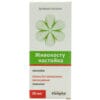
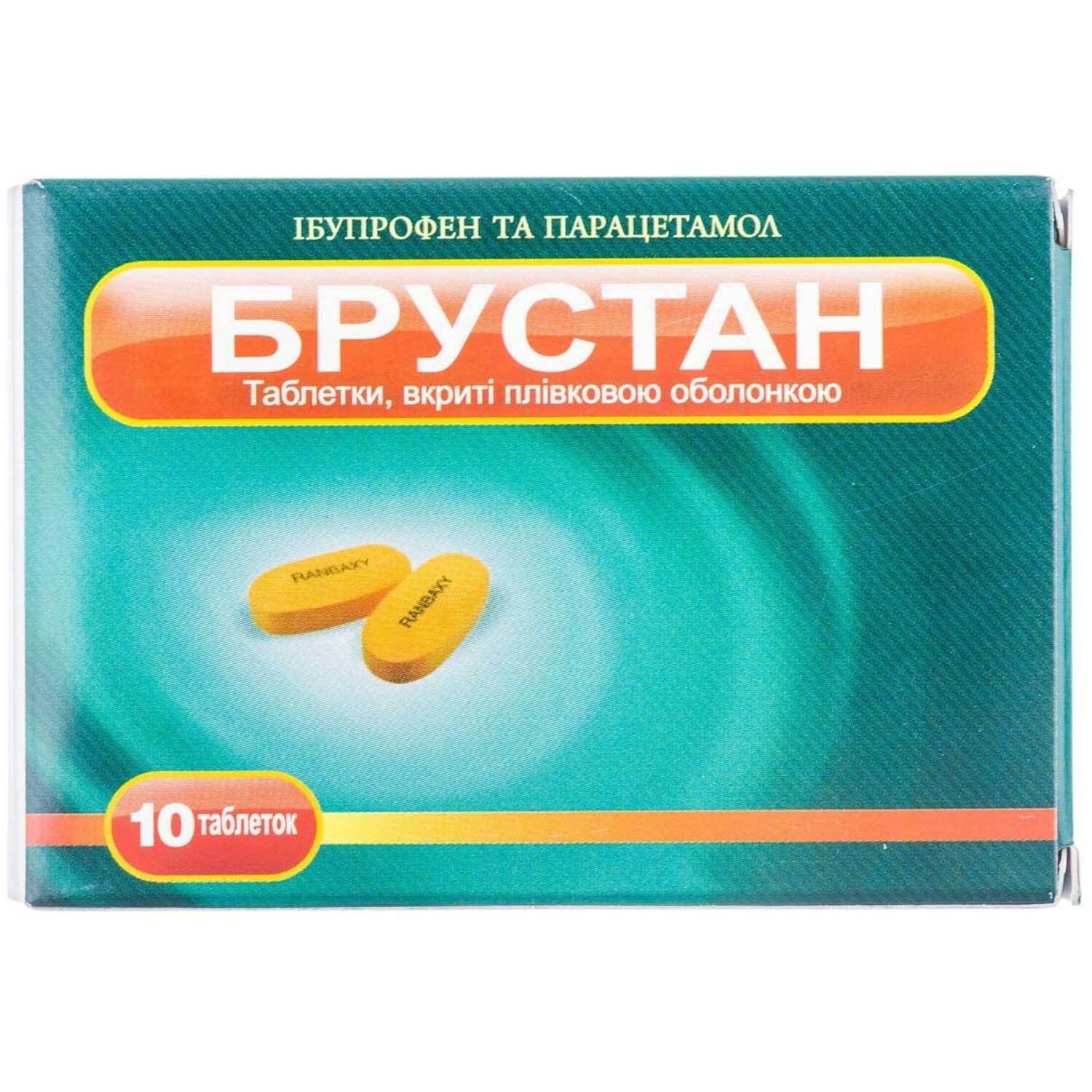
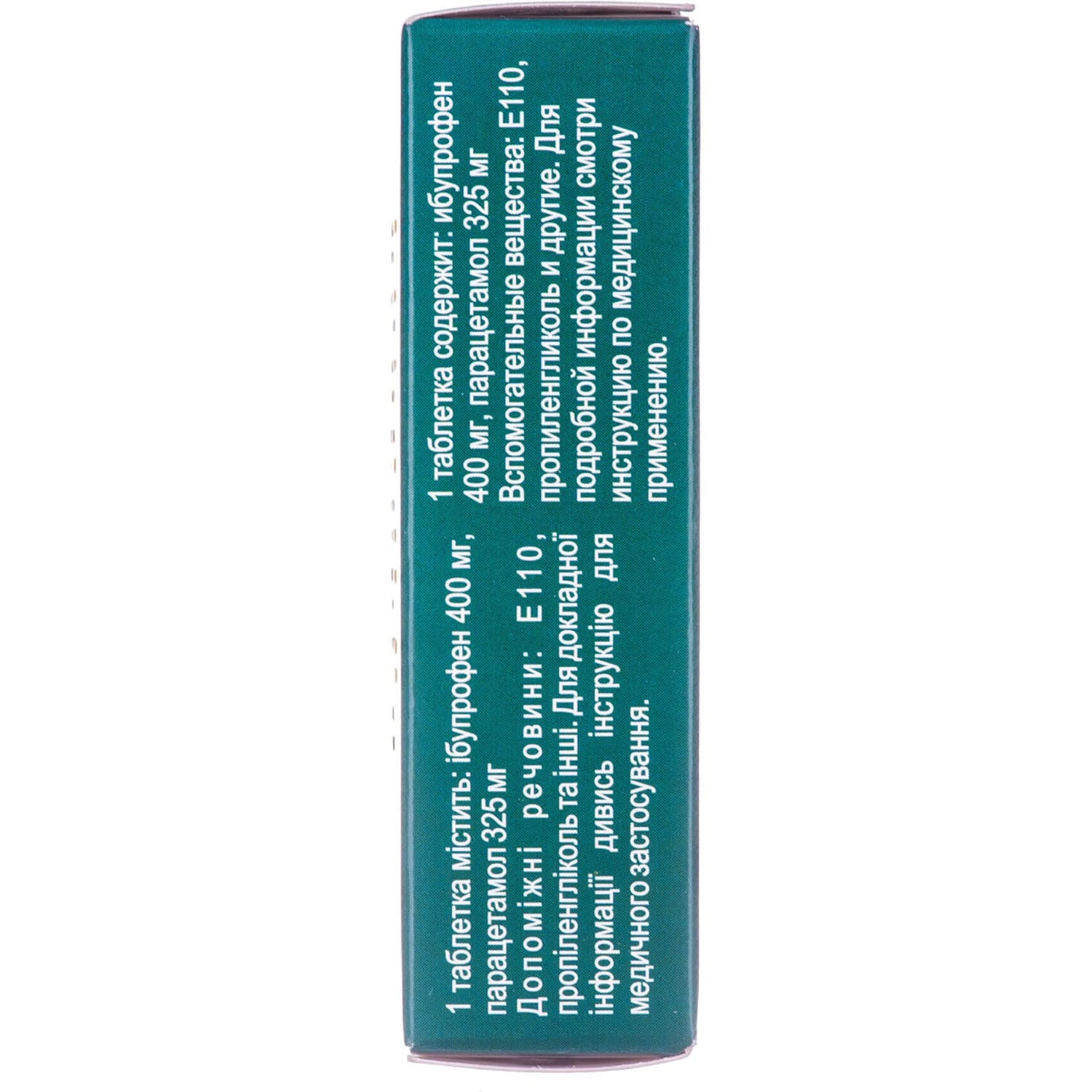
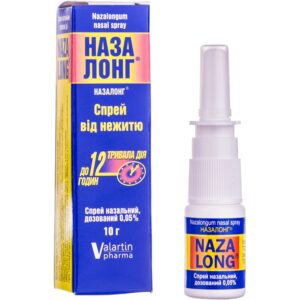
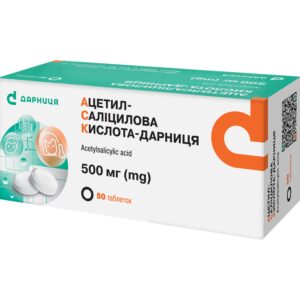
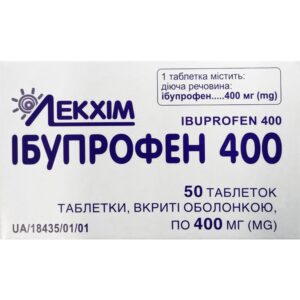
Reviews
There are no reviews yet.